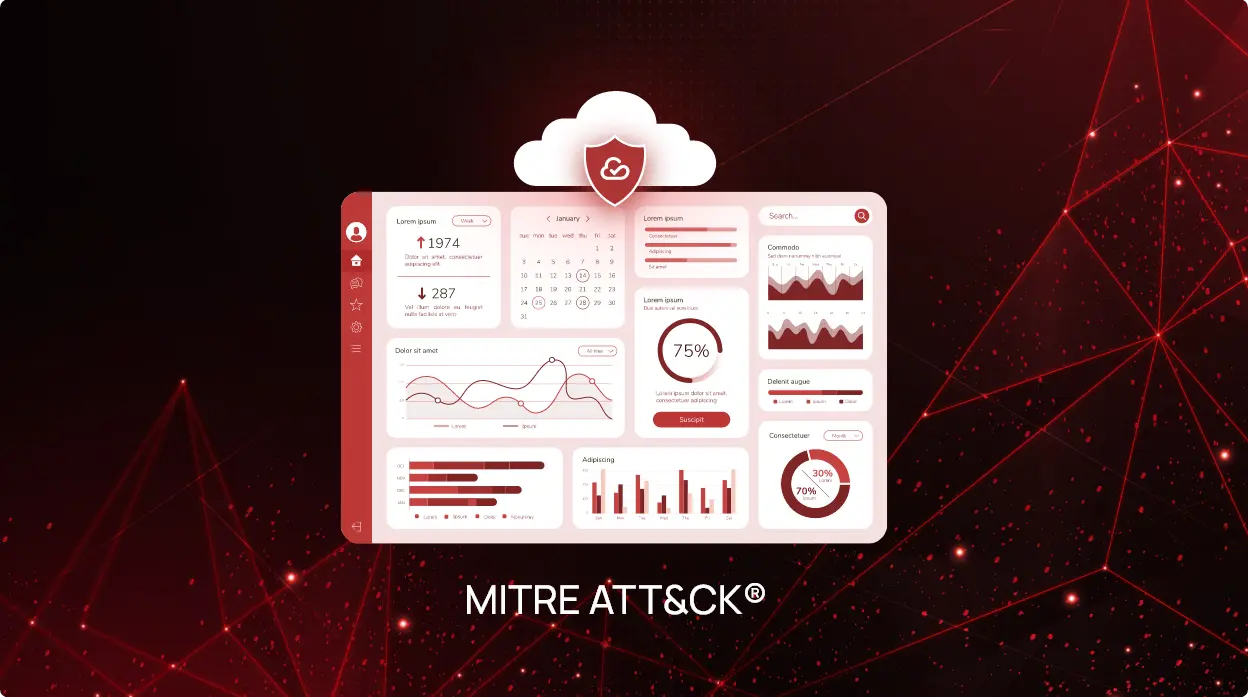
Vishal Kapoor
Sr. Security Researcher
Data Governance and Breach Prevention
Cloud computing has transformed the way organizations store, process, and manage data. It offers unparalleled flexibility and scalability, but it also comes with unique challenges, particularly regarding data governance and security.
One of the most critical aspects of securing data in the cloud is the prevention of data breaches caused by misconfigurations. In this blog, we will explore the importance of data governance in the cloud, the risks posed by misconfigurations, and strategies to identify and prevent them before it is too late.

The Significance of Data Governance in the Cloud
Data governance is a set of processes and policies that ensure data is managed, protected, and utilized effectively. In a cloud environment, where data can be distributed across various services and regions, data governance becomes even more critical.
Why data governance is essential in the cloud:
- Data Security: Protecting sensitive data from unauthorized access and breaches is paramount. Effective data governance ensures that security measures are in place to safeguard data throughout its lifecycle.
- Compliance: Organizations must comply with various data protection regulations and frameworks like PCI- DSS, ISO, NIST, GDPR and HIPAA. Failure to do so can lead to severe consequences. Data governance helps in meeting these regulatory requirements.
- Data Quality: High-quality data is essential for making informed decisions. Following data governance best practices improves data accuracy, consistency, and reliability.
- Efficiency: Well-defined data governance processes reduce data management inefficiencies, leading to cost savings and improved operational efficiency.
The Threat of Misconfigurations in the Cloud
Misconfigurations occur when cloud resources, such as storage buckets, databases, or virtual machines, are not set up correctly, leaving them vulnerable to unauthorized access or data exposure. Some common examples of misconfigurations include:
- Inadequate Access Controls: Failing to properly configure access controls can result in unauthorized users gaining access to sensitive data.
- Publicly Accessible Storage: Incorrectly configuring storage buckets as public can expose sensitive files to the internet, making them accessible to anyone.
- Weak Encryption: Improperly configuring encryption settings can leave data inadequately protected, making it susceptible to breaches.
- Unpatched Software: Neglecting to update and patch cloud resources can leave them vulnerable to known security vulnerabilities.
Identifying and Preventing Misconfigurations
- Regular Audits and Assessments: Implement regular audits and assessments of your cloud infrastructure to identify misconfigurations. Automated security posture management platforms (CSPM and SSPM) can help pinpoint issues quickly.
- Least Privilege Access: Follow the principle of least privilege, granting users and services only the permissions they need to perform their tasks.
- Continuous Monitoring: Employ continuous monitoring to detect and respond to misconfigurations in real-time. Set up alerts for suspicious activities.
- Educate Teams: Ensure that your IT and development teams are educated about best practices for cloud security and proper configuration.
- Implement Infrastructure as Code (IaC): IaC platforms like Terraform and AWS CloudFormation allow you to define your infrastructure in code, making it easier to maintain proper configurations.
- Use Cloud Security Solutions (CSPM / SSPM): Leverage cloud security solutions (CSPM / SSPM) and services that can automatically detect and remediate misconfigurations.
At CheckRed, we have undertaken comprehensive research into customer use cases, resulting in the development of a product designed to effortlessly fortify your cloud security. Our platform seamlessly integrates with both single and multi-cloud environments, offering continuous monitoring protection against misconfigurations and security threats.
Furthermore, CheckRed also addresses complex tasks regarding regulatory compliance following industry frameworks ( ISO, NIST, PCI-DSS , HIPAA) in identifying misconfigurations and ensuring continuous compliance posture in the cloud.
Conclusion
Among the many risks that cloud environments face, misconfigurations stand out as a prominent threat to data security. Effective data governance within a cloud-based product is paramount for upholding data security, ensuring regulatory adherence, and streamlining data administration. Consequently, it is essential to establish methodologies aimed at detecting and mitigating these misconfigurations.
See CheckRed in Action
Dive into the future with our interactive demo
and explore the possibilities.
Related Posts





